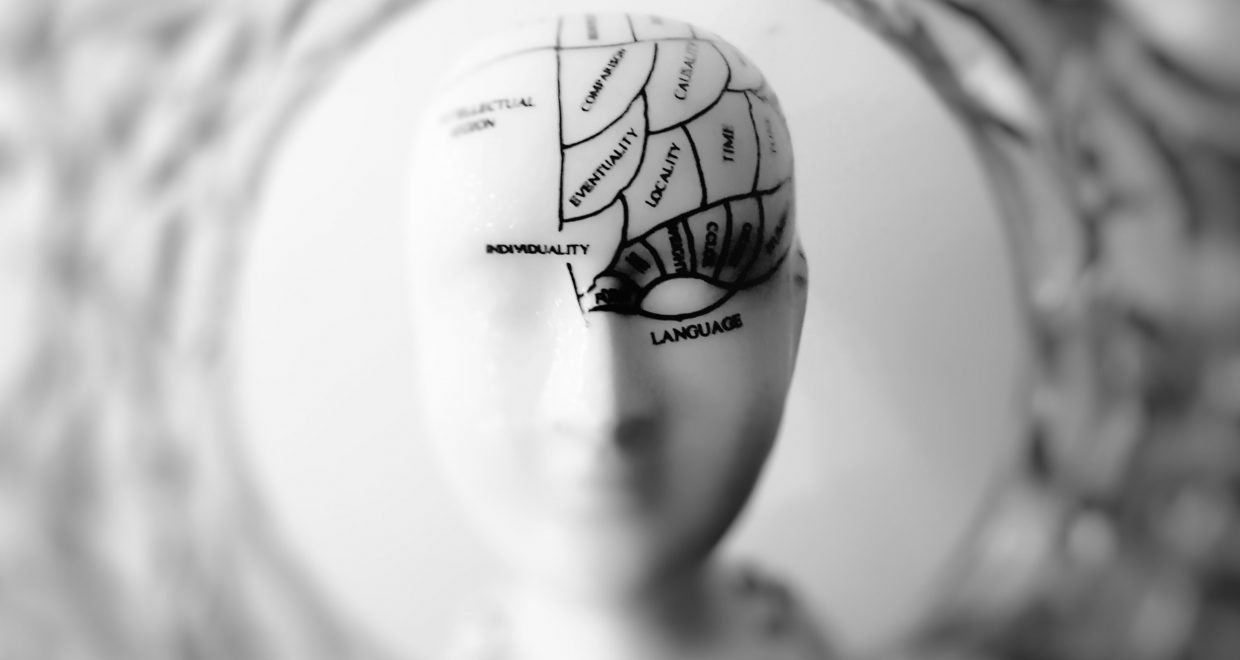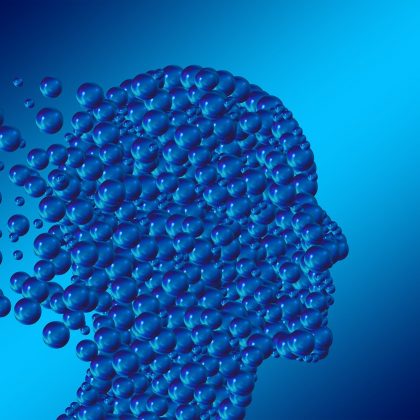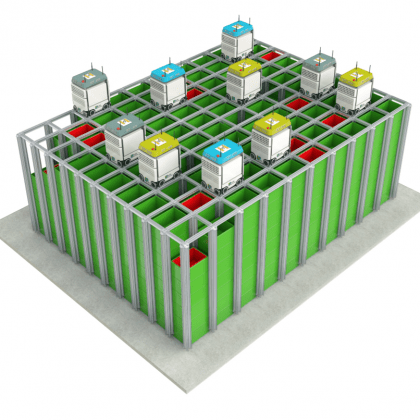Personality Neuroscience: An Emerging Field with Bright Prospects
The journal Personality Neuroscience opened shop in 2018. It was established to provide an outlet for high-quality research at the interface of personality and neuroscience. As our editorial illustrates (Corr & Mobbs, 2023), the journal has made considerable progress, but more is needed. The editors and editorial board are committed to ensuring that this “emerging field with bright prospects” achieves its full potential.
The promise of personality neuroscience
It’s become increasingly clear that personality neuroscience is not merely a niche field of psychology and neuroscience: it is crucial to the success of both. This is because neuroscientists now appreciate the general significance of links between variability in neural functioning and variability in behaviour, and these sources of variability are related to systematic individual differences in personality. On the other side, as regards causal foundations, a personality psychology without neuroscience is untenable. The importance of the field is further underscored by the widescale relationships between factors of personality and important life events/outcomes (e.g., health, wealth, and general performance) – all of which have neuroscience, and genetic, roots.
Until recently, however, the promise of personality neuroscience was simply that: a promise. This has changed. Now we are now at a stage where, as a result of the availability of sophisticated technology (e.g., brain imaging), as well as statistically required larger samples sizes afforded by unit cost reductions, neuroscientists are arriving at the realisation that they need not – indeed, should not – ignore systematic individual differences in their data. They are starting to see the promise fulfilled in areas as functional connectomics, large-scale neurogenomics, and studies of the molecular basis of gene–environment interactions.
The personality neuroscience of psychopathology
The benefits of personality neuroscience are perhaps most evident in the relationships between personality and psychopathology. A special issue of the journal, edited by Robert Latzman, Robert Krueger, Colin DeYoung and Giorgia Michelini (2021), was devoted to this theme. They focused on the connection of quantitatively-derived personality–psychopathology models and neuroscience. This approach has the potential of redefining psychopathology, not only in terms of aetiology but also treatment. Specifically, personality neuroscience has the potential to provide a cogent account of the extensive comorbidities seen in clinical data – sometimes seen as a nuisance, but more accurately seen as an opportunity for theoretical and clinical progress. There is reason to be optimistic. Take the NIMH’s RDoC system for studying transdiagnostic neurobehavioral circuits (Cuthbert, 2022), which is facilitated by the integration of the Hierarchical Taxonomy of Psychopathology (HiTOP; Kotov et al., 2021) system – an attempt from various mental health disciplines to improve the organization, description, and measurement of psychopathology. As highlighted by Latzman and DeYoung (2020), an empirically-derived dimensional approach promises to accelerate clinical neuroscience.
We can expect to witness in the years to come, personality traits increasingly finding their way into biologically-informed clinical perspectives, and used as tractable indicators of the risk of developing disorders of many types. The potential for treatment development and truly personalized precision medicine is very real. This is nowhere more relevant than in clinical psychopharmacology where different patients often respond very differently to the same drugs – and the resulting ‘side-effects’ can be positively harmful.
Digital opportunities – Big Data
Personality neuroscience continues to capitalise on technical developments, as well as the changing patterns of human social behaviour. For example, in the age of the Internet of Things (IoT), there is the opportunity to move beyond personality self-report, to collect a broader range of digital data, unprecedent in size and timescale. This is already happening with behavioural signatures of personality, as seen with ‘digital phenotyping’ that applies methods from psychoinformatics that when combined with neuroscientific data allows the emergence of psychoneuroinformatics. Also, virtual reality is opening up intriguing possibilities, especially in the experimental manipulation of environmental/situations variables. As molecular (genetic) studies clearly fall within the realm of personality neuroscience, this too would benefit from digital phenotyping (e.g., carving out digital biomarkers and even patterns of digital footprints giving insights into both the neurobiology and personality of the person).
Digital data should certainly help to side-step one major obstacle to including personality alongside neuroscience, namely the subjective mature of much of the former. At this time, many of the measures typically employed in the personality field are, of necessity, self-report and, therefore, subjective. One way around their problematic nature is to use more objectively defined indices of personality, and everyday digital behaviour is a prime candidate. However, what the person thinks of their own self should remain a valuable source of information as it is unique and cannot be captured by any other means.
Editorial policy
Although committed to high research, Personality Neuroscience does not insist upon the appearance of perfection. We know that science is a lot messier than sometimes portrayed. From the first day of the opened doors of our shop, we lay emphasis on “honest” research. That is, research that contains “warts-and-all”, with limitations and caveats not only acknowledged but embraced to guide future researchers. The overriding criterion for publication continues to be: does the work have the potential to advance the field of personality neuroscience?
In our plans to develop the journal further, we want to expand the understanding of personality-brain relationships outside of WEIRD (western, educated, industrial, rich, developed) cultural contexts. This is more than a nod at social justice. It is necessitated by the existence of substantial variability in experimental results across populations – there is even the suspicion that WEIRD samples may be weird in the more common sense of the word (if nothing else, they tend impose an unsatisfactory degree of homogeneity on data). We encourage submissions from all communities and are happy to work with authors to get their work into a fit state for publication. Like many journals, there is the expectation of a publication fee to support open-access. However, for those who genuinely do not have the requisite funds, Cambridge University Press will waive fees, which is also the practice for special issues of the journal.
Over to you…
The journal exists to serve the personality neuroscience community. We especially encourage early-career researchers to submit their best work, including research that may not be readily appealing to other journals – personality journals usually shy away from the neuroscience-heavy, and neuroscience ones often find the inclusion of personality variables confusing and detracting from a preferred simpler scientific picture.
Personality Neuroscience encourages the neuroscience community to go through their file drawers to locate data that examines systematic individual differences in their data – too often this work is perceived as high risk as it may not see the light of day in an appropriately high-quality journal, or any journal for that matter! Such work will find a warm welcome at Personality Neuroscience where there is an absence of a ‘judge and jury’ approach that can be so disheartening especially for those early in their research career.
We have every reason to believe that personality neuroscience is, indeed, an emerging field with bright prospects.
References
Corr, P. J., & Mobb, D. (2023). Editorial: An emerging field with bright prospects. Personality Neuroscience, 6:e1. https://doi.org/10.1017/pen.2022.6
Cuthbert B. N. (2022). Research Domain Criteria (RDoC): Progress and potential. Current Directions in Psychological Science, 31, 107–114. https://doi.org/10.1177/09637214211051363
Kotov, R., Krueger, R. F., Watson, D., Cicero, D. C., Conway, C. C., … & Wright, A. G. (2021). The Hierarchical Taxonomy of Psychopathology (HiTOP): A quantitative nosology based on consensus of evidence. Annual Review of Clinical Psychology, 17, 83-108. https://www.annualreviews.org/doi/10.1146/annurev-clinpsy-081219-093304
Latzman, R. D., & DeYoung, C. G. (2020). Using empirically-derived dimensional phenotypes to accelerate clinical neuroscience: The Hierarchical Taxonomy of Psychopathology (HiTOP) framework. Neuropsychopharmacology, 45, 1083-1085. https://doi.org/10.1038/s41386-020-0639-6.
Latzman, R., Krueger, R., DeYoung, C., & Michelini, G. (2021). Connecting quantitatively derived personality–psychopathology models and neuroscience. Personality Neuroscience, 4:e4. https://doi.org/10.1017/pen.2021.3






